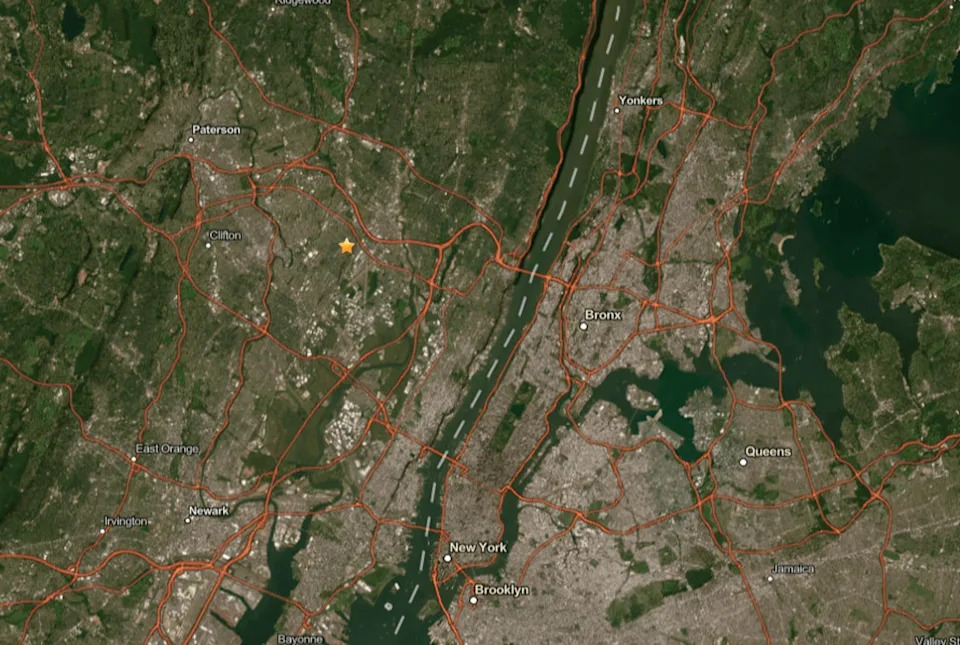
California’s minimum wage — $16.50 per hour — is one of the highest nationwide. But last year lawmakers in the state boosted fast-food workers even higher: they earn $20 per hour, thanks to the change.
This move meant to elevate lower-wage workers to tackle the Golden State’s high cost-of-living. But a new study shows these employees faced negative effects from the state’s minimum wage policy.
A new study from National Bureau of Economic Research found that employment at fast-food restaurants dipped by 2.64% from September 2023 to September 2024, even though the rest of the U.S. experienced a rise in employment in this industry.
“Our median estimate translates into a loss of 18,000 jobs in California’s fast-food sector relative to the counterfactual,” researchers Jeffrey Clemens, Olivia Edwards, and Jonathan Meer wrote in their paper, published July this year.
The study shows that while the idea of boosting pay may be politically appealing, it could have negative effects on employment.
California Gov. Gavin Newsom enacted the minimum wage law, raising the hourly rate from $16 to $20 for fast-food restaurants that have at least 60 locations in the U.S.
In 2022 and 2023, In-N-Out committed $12.8 million to the Save Local Restaurants committee that opposed this law, as the Deseret News previously reported.
In-N-Out, known for paying competitive wages, would need to raise its hourly rate to $23 or $24 to maintain its service quality in California.
Despite the high-stakes lobbying, the burger chain lost the battle after labor unions struck a deal with state legislators in 2024. In-N-Out raised prices on menu items to keep up.
The fast-food minimum wage law came into effect in April 2024.
In January this year, the state authorized the Fast Food Council to propose yearly adjustments to the minimum wage. The Council suggested a $0.70 increase and will vote on it as the debate surrounding the policy continues.

Other studies show conflicting results
The findings from Save Local Restaurants’ independently commissioned study, conducted by the Berkeley Research Group, were similar to those of the National Bureau of Economic Research.
The study from February found that the wage increase law led to the loss of 10,700 jobs from June 2023 to June 2024. The prices of menu items increased by 14.5%. While a majority of restaurants (98%) adjusted their pricing, others reduced the number of hours employees work (93%) and laid off employees or consolidated positions (70%).
But another study from academics at Harvard, University of California, San Francisco, and University of California, Berkeley pointed out that wage hikes didn’t have as many negative effects as some experts claim.
“We find that the policy increased average hourly pay by a remarkable 18 percent, and yet it did not reduce employment,” a study by the UC Berkeley Institute for Research and Labor Employment, published in September 2024, concluded.
“The policy increased prices about 3.7 percent, or about 15 cents on a $4 hamburger (on a one-time basis), contrary to industry claims of larger increases.”






Comments